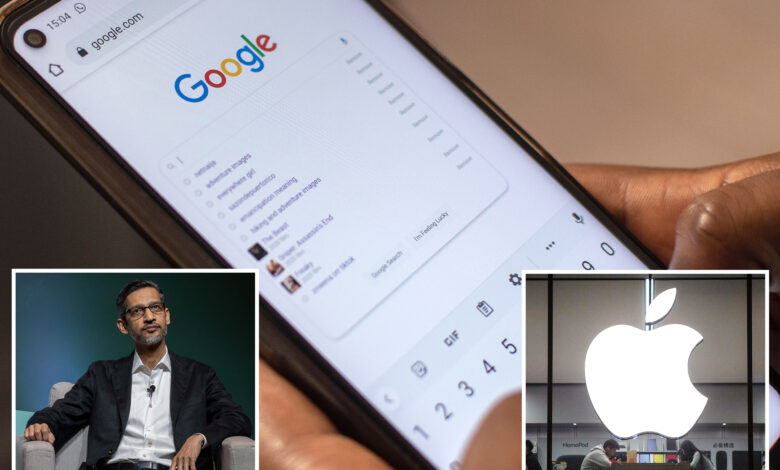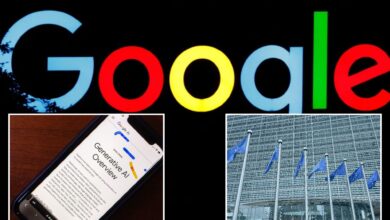Google paid Apple $20B in 2022 alone for default status: docs

Google paid a whopping $20 billion to Apple in 2022 alone to be the default search engine on its Safari web browser, according to unredacted documents that surfaced on the eve of closing arguments Thursday that will wrap up the Justice Department’s landmark antitrust trial.
The massive sum appeared in unsealed testimony by top Apple executive Eddy Cue in the trial’s early days last fall and marked the first public confirmation of the figure.
The remarks were released as part of a trove of documents and were first reported by Bloomberg.
DOJ antitrust attorneys have argued that Google relies on huge payments to Apple and other partners to ensure its search engine is enabled by default on most devices.
The feds say such deals have allowed Google to maintain an illegal monopoly over online search and an approximately 90% share of the overall market.
The DOJ and Google will lay out their closing arguments on Thursday and Friday.
Judge Amit Mehta’s decision on whether Google has maintained a monopoly is expected later this year.
If Mehta rules against Google, separate court proceedings to determine a proper remedy will take place.
Google and Apple fought to keep the details of their arrangement under wraps during the trial.
Antitrust watchdogs were sharply critical of Mehta for allowing portions of the trial, including testimony of key witnesses like Cue, to initially be shielded from the public.
When asked during the trial about Google spending billions on default deals, CEO Sundar Pichai admitted, “We definitely see value.”
One slip-up occurred last November, when a Google witness accidentally revealed that Google pays Apple a 36% share of search advertising revenue generated through Safari.
Google layer John Schmidtlein is said to have “visibly cringed” in court at the admission.
The feds said Google’s overall payments to secure search default deals with Apple and other companies hit $26.3 billion in 2021.
Competition experts have floated various potential outcomes if Google loses the case, including the potential implementation of a “choice screen” that would allow users to select their preferred default search engine or even the possible breakup of the company.




